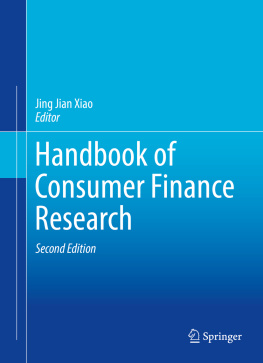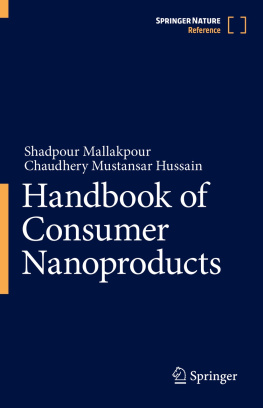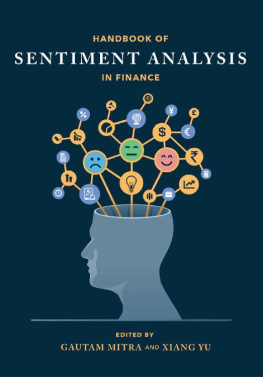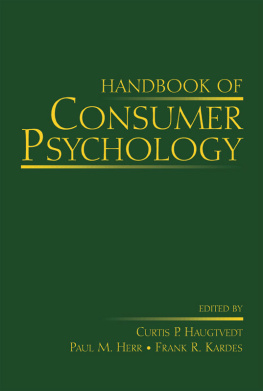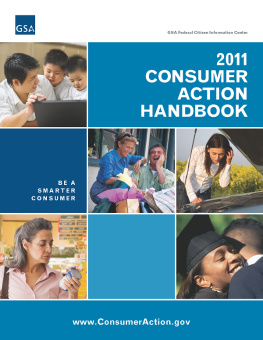Concept of Financial Capability
Financial capability can be considered a combination of financial literacy and financial behavior to achieve financial wellbeing. In recent years, led by UK (Atkinson, McKay, Kempson, & Collard, ) have moved their focus from promoting financial literacy to financial capability among consumers.
Research on financial capability and financial literacy seeks to understand and to improve how consumers make financial decisions. On the one hand, this concerns the financial knowledge of consumers. On the other hand, it concerns the actual behavior of consumers and its prerequisites such as skills and attitudes (Hoelzl & Kapteyn, ).
Financial capability is considered a broader concept that also highlights action and behavior of the individual and the relevance of outside institutions and regulations, especially those working with low-income populations (Johnson & Sherraden, ). To facilitate low-income consumers to engage in desirable financial behaviors, free or low cost access to financial counseling and planning services are needed.
Financial capability is researched in different ways. Financial capability can be distinguished in three areas that influence behavior: (1) knowledge and understanding, (2) skills, and (3) confidence and attitudes (Kempson, Collard, & Moore, ).
UK is the first country in the world to conduct national financial capability survey. Based on the Baseline Survey of Financial Capability (BSFC), researchers describe the distribution of financial capability and look for groups of people with similar skills (Atkinson et al., ). These British researchers have shown that there is considerable diversity in the financial capability scores of adults with literacy and numeracy needs. It would not be appropriate to assume that financial capability needs are an inevitable consequence of literacy or numeracy needs. Their survey results show quite clearly that keeping track of finances is not an area of concern for most of the adults that have been studied. Yet budgeting in particular is an aspect of financial capability that very often gets special attention on courses that cover personal finances.
The US National Financial Capability Study in 2009 consists of three linked surveys: (1) National Survey; (2) State-by-State Survey; and (3) Military Survey. According to Lusardi ().
Another UK researcher proposed a second way to measure consumer capability. His measure is to combine items describing both financial behaviors and financial outcomes, which is different from the approach used by (Atkinson et al., ).
The author of this chapter and colleagues use a different approach to measure financial capability. This is a comprehensive measure that includes objective financial literacy, subjective financial literacy, desirable financial behavior, undesirable financial behavior, and perceived financial capability. Using data from the 2009 US State-by-State Survey of Financial Capability, the results indicate a positive association between perceived financial capability and financial satisfaction. The findings suggest that desirable financial behavior increases financial satisfaction, whereas undesirable financial behavior decreases financial satisfaction. Subjective financial literacy is also found to contribute positively to financial satisfaction. The positive association between objective financial literacy and financial satisfaction is found in bivariate analyses but not in multivariate analyses. The results imply that to enhance consumer financial wellbeing, consumer financial education programs should emphasize action taking and encourage consumers to avoid risky financial behavior, engage in desirable financial behavior, and improve financial self-efficacy (Xiao, Chen, & Chen, ).
Using the similar approach, researchers examine age differences in financial capability. In this study, financial capability is measured by five variables: objective financial literacy, subjective financial literacy, desirable financial behavior, perceived financial capability, and financial capability index (a sum of Z scores of the former four variables). Financial capability is expected to increase with age during a persons active life. Data from the 2012 National Financial Capability Study is used for data analyses. Multiple regression results indicate that age differences in four financial capability variables showed similar patterns. After controlling for demographic and economic characteristics, young adults aged 1824 have the lowest scores of objective financial literacy, subjective financial literacy, perceived financial capability, and financial capability index. Age patterns of financial behavior are complicated. The results have implications for consumer educators to provide effective financial education for all age groups (Xiao, Chen, & Sun, ).
The same measure of financial capability is used to examine the association between financial education and financial capability among American consumers. Based on data from the 2012 National Financial Capability Study, results show that, after controlling for demographic and financial variables, respondents who ever received financial education have higher scores in objective financial literacy, subjective financial literacy, desirable financial behavior, perceived financial capability, and financial capability index. In addition, high school, college, and workplace financial education variables also show positive associations with the five financial capability variables. The results imply that financial education in high school, college, and workplace may enhance consumer financial capability (Xiao & ONeill, ).
Financial Literacy
According to the standard economic theory, consumers are fully informed and can make rational choices in long term financial planning to maximize their utilities over life cycle stages. However, empirical research indicates that consumers, in fact, are not fully informed and cannot make rational choices even when the information is available or can be obtained at low/no cost.
Consumer economists have a long history of conducting financial education research (Hira, ).
Lusardi and Mitchell ().
In the research of financial literacy, subjective and objective measures are distinguished by researchers. Research finds that the two types of measures have different effects on consumer financial behaviors. For example, a study based on a sample of first-year college students show that subjective financial knowledge does more to prevent risky credit behaviors than objective financial knowledge (Xiao, Tang, Serido, & Shim, ).

